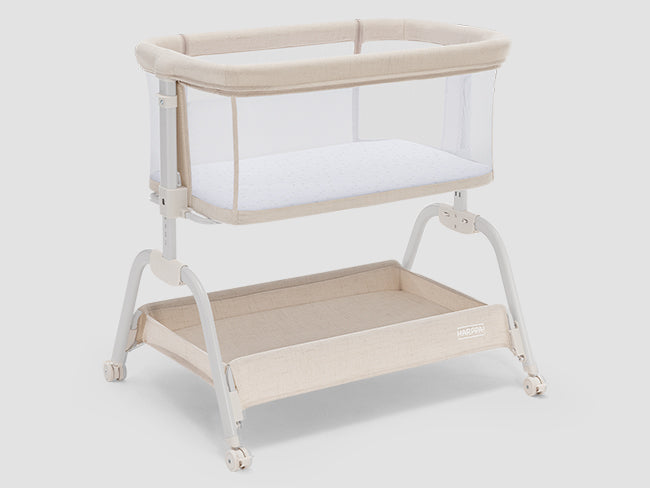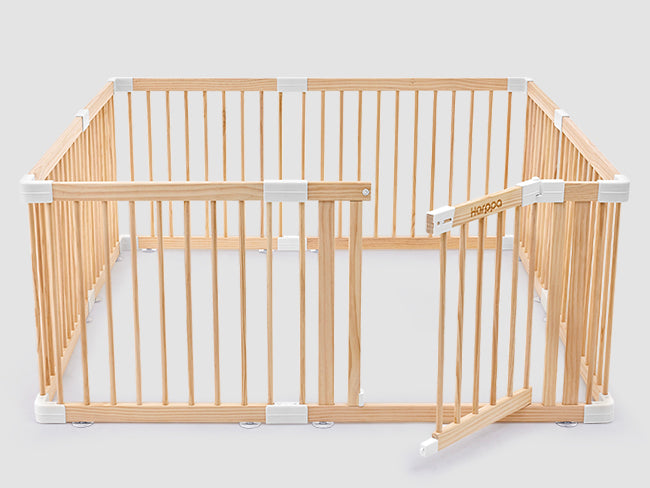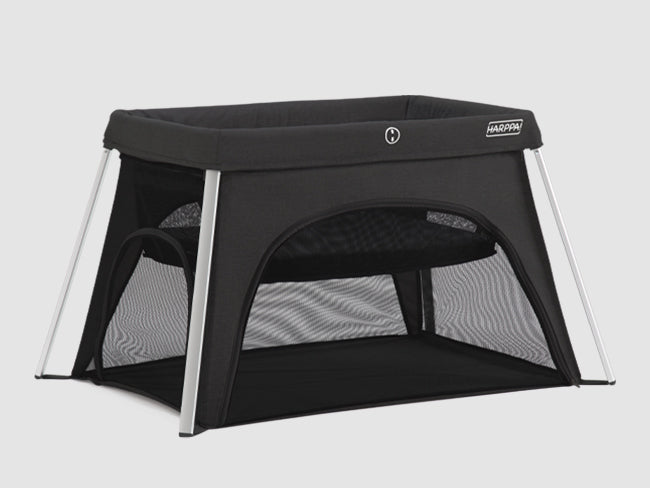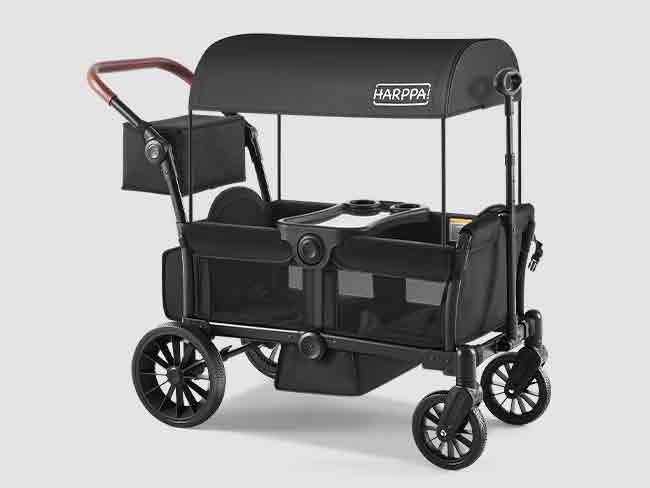When you bring your newborn home, a bassinet is often the first sleep space you’ll use. It’s small, cozy, and designed to keep your baby close, offering parents convenience and peace of mind. But as your baby grows, you might wonder: How long should a baby stay in a bassinet? In this post, we’ll explore the ideal time frame and how to know when it’s time to make the transition.
Benefits of Using a Bassinet for Newborns
Bassinets are an excellent choice for newborns for several reasons:
-
Convenience for Parents: During the first few months, newborns wake up frequently for feedings. A bassinet positioned close to your bed makes it easier for nighttime feedings and comforting your baby without needing to leave your room.
-
Safe Sleep Environment: Bassinets provide a compact, secure sleeping space that minimizes the risk of rolling and allows for easy supervision.
-
Portability: Most bassinets are lightweight and portable, so you can move them around the house or keep them near you during the day.
When to Transition from Bassinet to Crib
The general recommendation is to transition your baby from the bassinet to a crib between 3 to 6 months. However, it’s important to look for a few key signs that indicate it’s time to make the move:
-
Rolling Over: Once your baby starts showing signs of rolling over, it’s no longer safe to keep them in a bassinet, as they might roll into an unsafe position.
-
Weight and Size Limits: Each bassinet has specific weight and size limits, usually around 15-20 pounds. If your baby is reaching or exceeding this limit, it’s time to switch to a crib.
-
Baby’s Physical Development: If your baby begins sitting up, pushing up, or showing signs of wanting more space, a crib may be a safer and more comfortable option.
Factors That Affect Transition Timing
While 3 to 6 months is the general guideline, a few factors might affect when it’s time to transition:
-
Developmental Milestones: Babies develop at different rates, so some may be ready to transition earlier or later than others. Pay attention to your baby’s motor skills and physical milestones.
-
Bassinet Size and Weight Limits: Check the manufacturer’s guidelines for the maximum weight and size for your specific bassinet. Once your baby is nearing those limits, the bassinet may no longer be safe.
-
Parental Readiness: For some parents, the transition might come sooner if the baby is outgrowing the bassinet, while others might prefer to keep the baby in the bassinet for a bit longer for convenience.
How to Make the Transition Smooth for Baby
Changing sleep spaces can be an adjustment for both babies and parents. Here are some tips to make the transition from bassinet to crib easier:
-
Gradual Transition: If possible, gradually introduce the crib by letting your baby nap in the crib during the day before making it their nighttime sleep space.
-
Maintain Bedtime Routines: Keep bedtime routines consistent, such as dimming the lights, reading a book, or playing soft music, to help your baby feel comfortable and secure in their new sleep space.
-
Create a Familiar Environment: Make the crib feel as familiar as the bassinet by using the same bedding or placing a favorite sleep toy nearby.
The transition from bassinet to crib is a significant milestone in your baby’s development. While most babies stay in a bassinet for the first 3 to 6 months, it’s essential to consider their growth, development, and safety when making the switch. By keeping an eye on your baby’s cues and following safety guidelines, you can ensure a smooth transition that supports both your baby’s needs and your peace of mind.



























